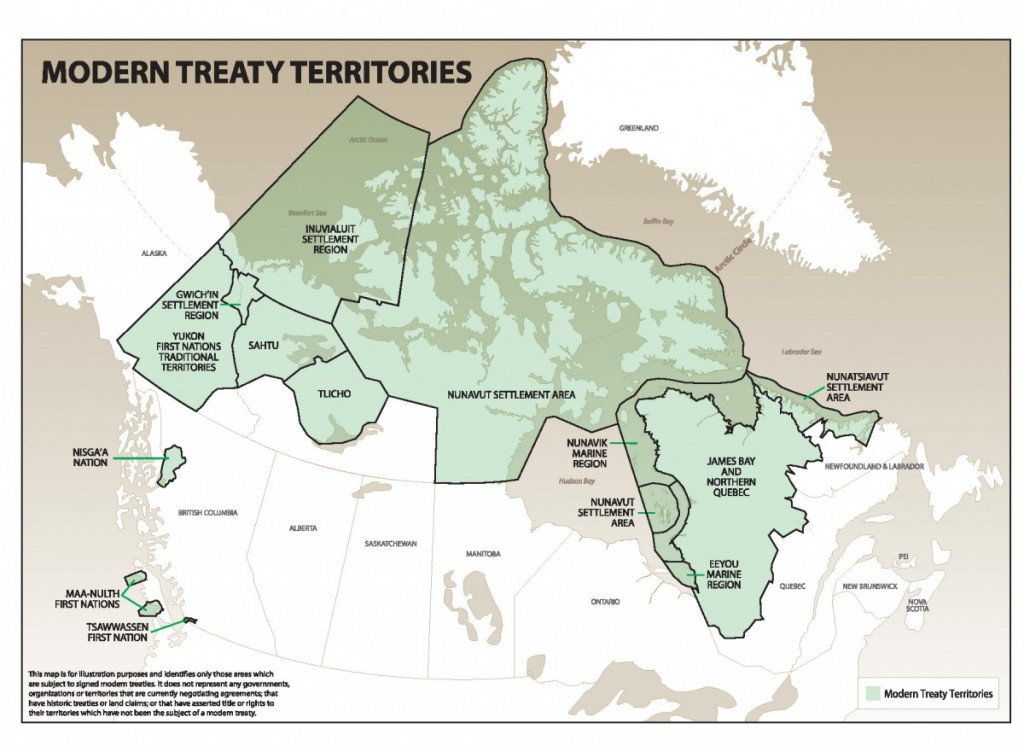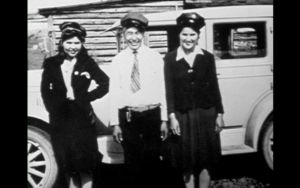I have a great story to tell you.
Long ago, no-one had a word for the bad things that happen to people. There was a word for sun and a word for moon, a word for tears and a word for smiles. Water, leaf, and cranberry got a word each. But the only words anyone had were for talking about things.
Real things. Things you could taste, see, and touch. If someone needed a cranberry, they could go and ask for it. But if they needed something more complicated, like an epistemology or a dialectic, they were on their own. Without the word, they couldn’t even tell themselves about it.
Everyone got by, even without epistemologies. They ate their berries and drank their water out of leaves without any confusion. And even when things got very bad, they didn’t talk about it. They made tears together and moped around for a while, but when the sun came out again they went back to their former ways – if not without a thought, then certainly without a word.
One day, someone who did not have much to do stared at the sky and noticed the fluffy white things that floated around up there. The sloth gave them a name. It was their word for cloud. The others liked it. They got so excited that they decided to throw a great festival to honour the birth of the new word.
Things went wrong at that festival. A storm came up. The rain came down. A wind came through, scattering the coals of the campfire. It picked up the sloth and hurled that sloth over the horizon.
The others couldn’t go looking until the rain stopped. But it carried on for days. The others huddled together, soaked to the bone, and sang mournful songs about clouds, cranberries, and water.
One day the sun came out. And one day, the sloth came back. But that sloth was not so slothful anymore. The not-sloth had big, wild eyes and hair like lightning. Everyone gathered round to hear that not-sloth’s story.
The story was big. It was about someone who lived in a cave at the top of the mountain. Someone furry with big teeth and long horns. Someone who made the pleasant sun take their water away. Someone who turned nice clouds bad. And with that story came a brand new word. It was their word for evil.
The not-sloth didn’t live much longer. But whenever things went bad after that, everyone knew whom to blame. From time to time they would look for that someone on top of the mountain. They would find strangers there and scare them away, knowing that there weren’t just evil clouds. There were evil people, too.
Some people didn’t like that not-sloth’s story. Down the ages they tried to fight it. Some had long beards. Some had enormous moustaches. Most had epistemologies. But even with epistemologies, no-one could seem to dislodge it. Evil had its ups and downs, but “evil” kept getting bigger. Because it was a good word, wrapped in a good story.
And once a story is told, it cannot be called back. Once told, it is loose on the world.
Not much room left for discoveries. I liked the parallel of Leslie Silko’s version with Pandora’s Box. Silko’s is less didactic, more playful. My version is influenced by linguistic relativism and other such ideas. I had a lot of fun writing it. Keep the lasagna flying!
“The Myth of Pandora’s Box.” Greek Myths – Greek Mythology. Greek Myths and Greek Mythology. n.d. Web. May 28, 2015.
King, Thomas. The Truth About Stories: A Native Narrative. Toronto: House of Anansi Press, 2003. Print.
Swoyer, Chris. “The Linguistic Relativity Hypothesis.” Stanford Encyclopedia of Philosophy. Stanford Center for the Study of Language and Information. 2003. Web. May 28, 2015.

